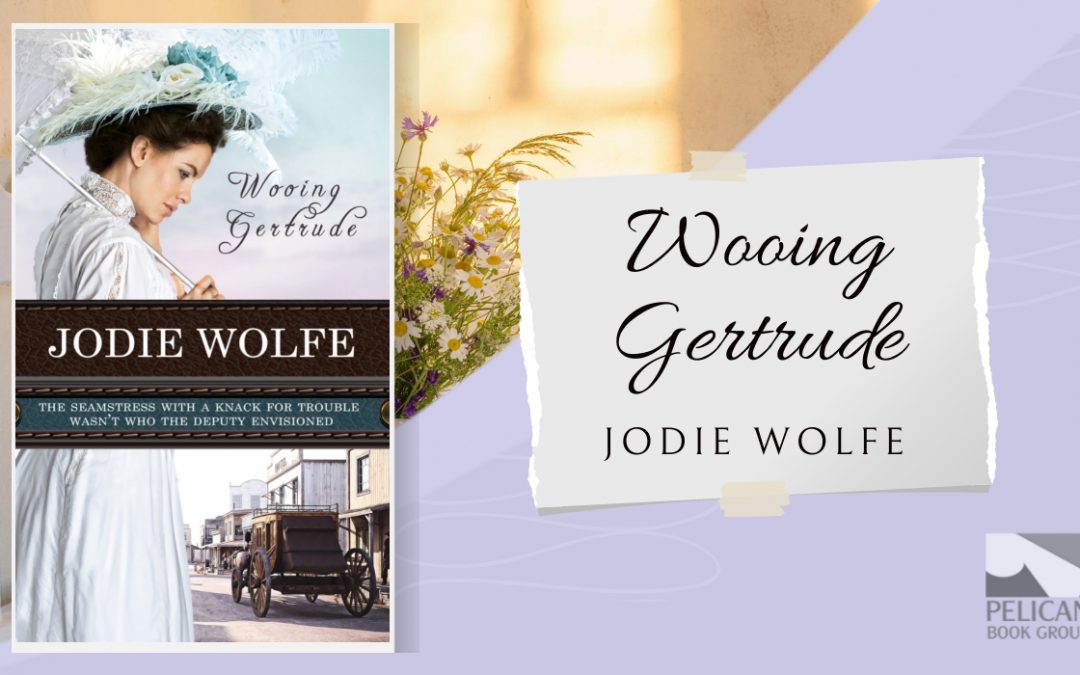I love that psychological question. “But how does that make you feel?” That sentence has become the object of so many jokes over the years, but when writing romance, it’s the one question that should be foremost in our minds. Romance is the discovery of one man and one woman. But discovery always brings an emotional response. It doesn’t matter if we’re talking romance or eating brussels sprouts, there’s an emotion attached to the experience.
When writing romance, we need to remember to include the answer to the question “but how does that make you feel?”. Emotion is where we grab a reader. It’s not in the movement of the characters. It’s not in the setting of the scene. It’s in the emotional response, the connection the reader can make to the POV character. Let’s look at an example.
TAKE ONE:
Jane pulled into the parking space that sat directly in front of the huge picture window. Painted cartoon characters played out a scene on the pane, but she looked past them. John was sitting on the floor, his long, lean legs crossed. Small children completed a circle around them and he smiled as he held up a board book. Jane couldn’t see what book it was.
A blonde toddler stood on wobbly legs and then plopped down on a well-padded bottom. She giggled and John dropped the book, playfully seized a chubby ankle and tickled the child. Laughter erupted all around.
TAKE TWO:
Jane pulled into the parking space that sat directly in front of the huge picture window. Painted cartoon characters played out a scene on the pane, but she looked past them as sorrow lumped itself in her throat. John was sitting on the floor, his long, lean legs crossed. Small children completed a circle around them and he smiled as he held up a board book. There really was no future for them. He loved children–wanted a family more than anything, he’d said–and she wasn’t able to give him that.
She swallowed the lump and willed the strength in her legs to return. She had to walk in there and break it off with him. It wasn’t until this very moment, watching his broad smile shine down on those children, seeing the connection between that giant of a man and those fragile little ones, that she fully realized it didn’t matter how much she loved him, or how much he claimed to love her, she couldn’t saddle him with a barren woman. In the end, it would be an unyielding wedge between them.
Jane tried to focus on the book he held–tried to focus her mind on something other than John–but her blurred vision wouldn’t let her see what book it was. She had to go in there, but her legs still felt limp and useless.
A blonde toddler stood on wobbly legs and then plopped down on a well-padded bottom. She giggled and John dropped the book, playfully seized a chubby ankle and tickled the child. Laughter erupted all around.
And Jane’s heart shattered into tiny shards that ripped apart her future.
In Take One, we see the scene. There’s nothing wrong with the way it’s displayed on the page. It’s clear, we know what’s going on, we know whose POV we’re in. If we had read the story that came before it, we’d probably understand what Jane is doing there. BUT, there is no emotion. We get the what–the stage direction–but we don’t get any emotion from Jane. She could just as easily be watching a baker glaze doughnuts as watching the love of her life. (Not to say that watching someone glaze doughnuts can’t be emotionally fulfilling. 🙂 )
In Take Two, we have the exact same scene, only this time, we know how it makes Jane feel. Which scene draws more emotion from the reader? Which scene makes you want to read more? In which scene are you better able to connect to Jane?
Scenes that are filled with nothing but movement may progress a plot, but the don’t make for a memorable story that readers are going to wow about at the end. Memorable stories are filled with feeling–happiness, sadness, excitement, fear. Which emotion is only limited by what you want to convey, but no emotion is a fiction’s death nell.
Remember: Action. Reaction.



